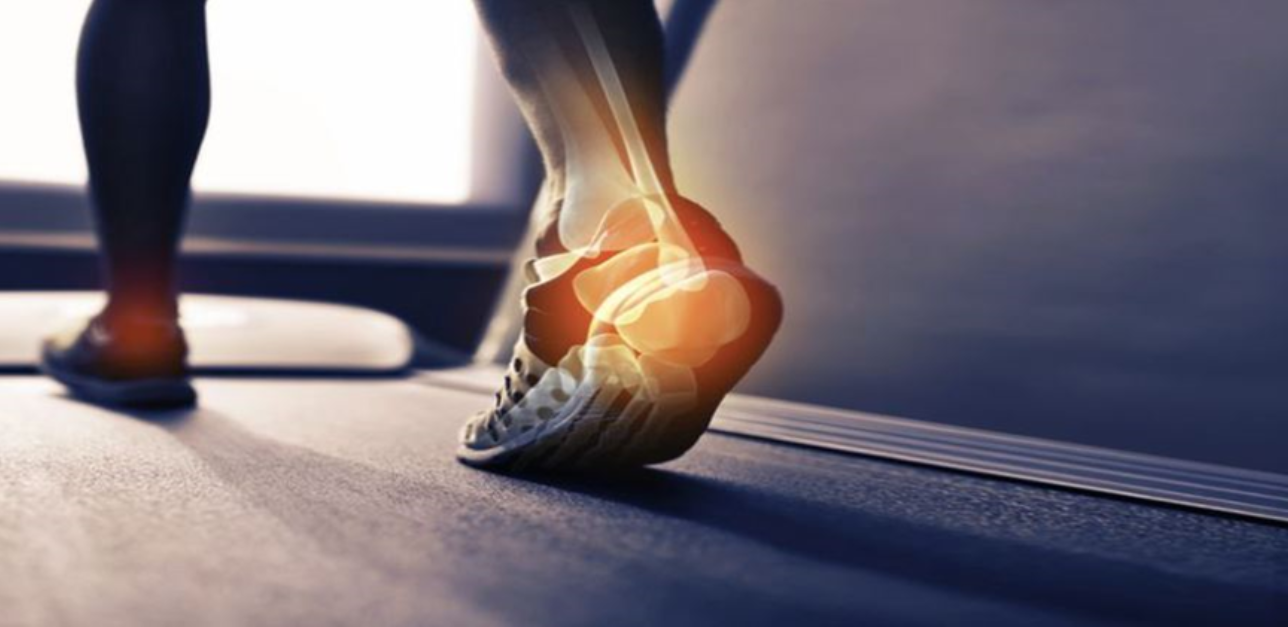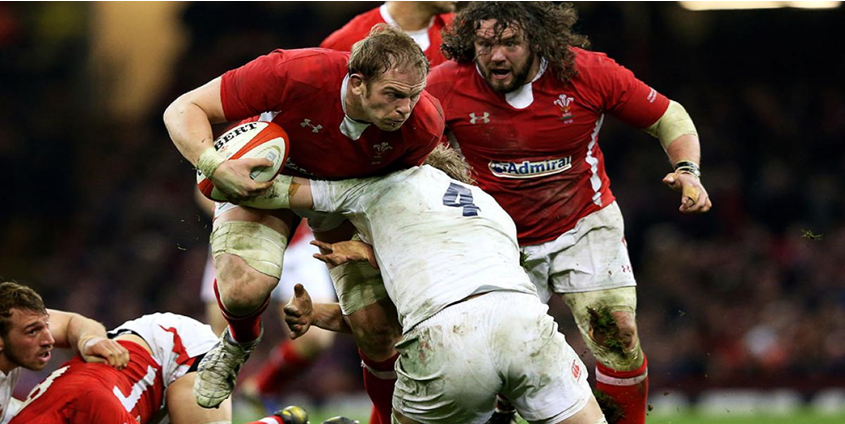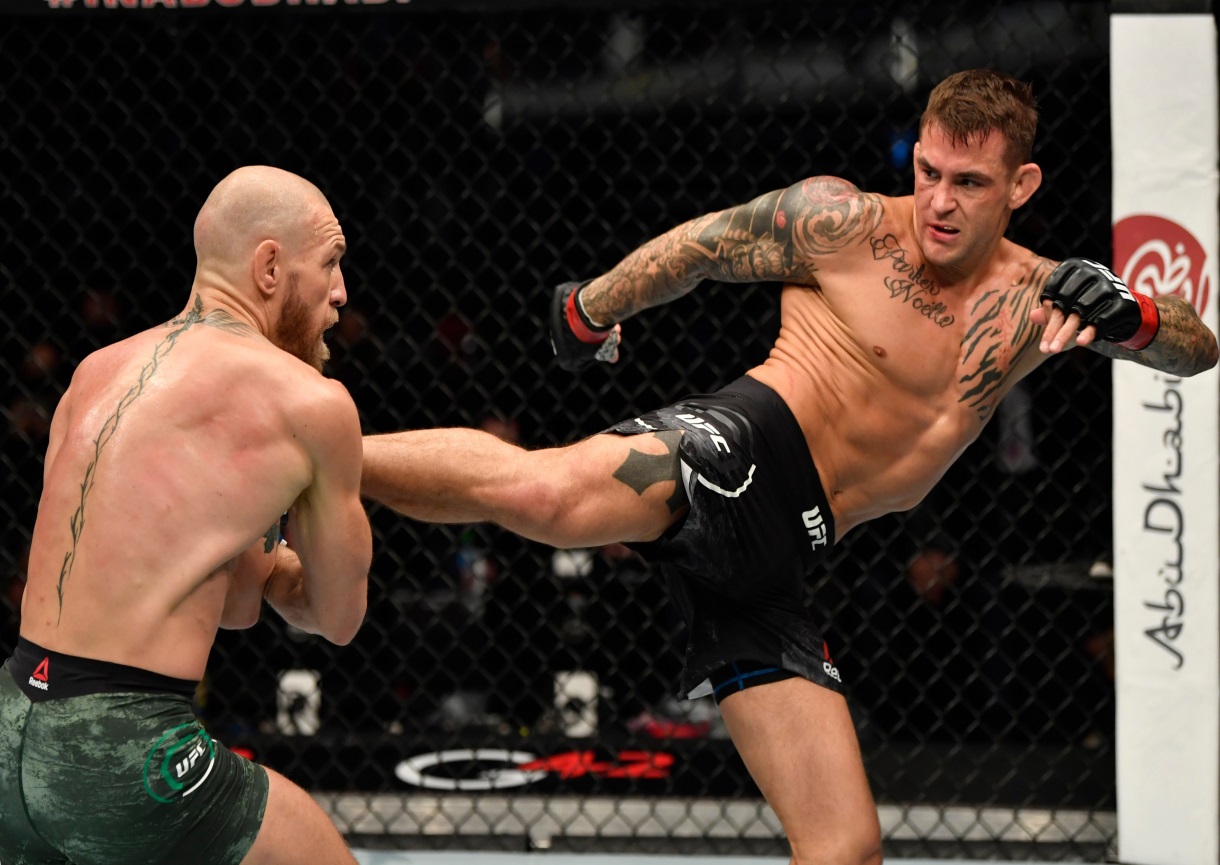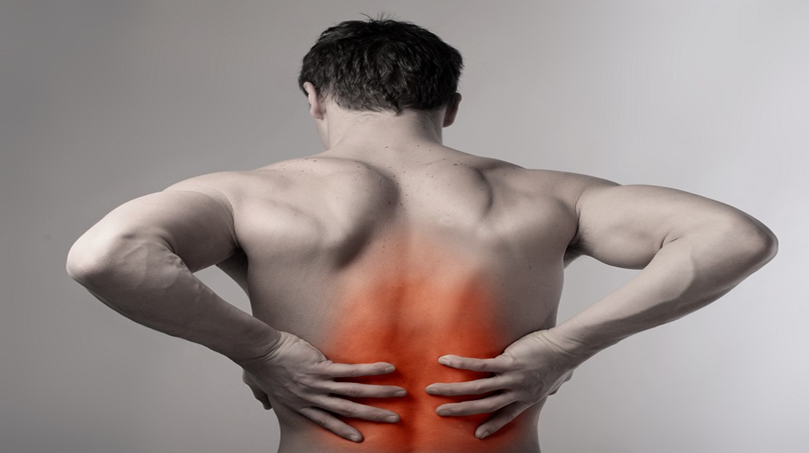MY Sports Injury Rehabilitation and Structural Stability Exercises to Improve Scoliosis Symptoms based on Pain Management
Scoliosis is termed as a spinal disorder or a deformity in the spine that consists of an abnormal curvature of the vertebrae that compose it, normally people have a natural curvature in their spine when a curvature is considered as scoliosis it must exceed 10 degrees of abnormal angulation to be seen through an anterior-posterior plain radiography. According to a review posted by Medline Plus most of the time when the source of this affection is undefined is called idiopathic scoliosis. It can also be congenital (at birth) or neuromuscular. In some cases, it can develop due to serious injuries caused by sports injuries or accidents, issued by Joseph A Janicki, MD et la (2007).

How is the physical examination for Scoliosis in Elite Athletes?
The physical examination in the patients who are sustaining scoliosis should begin by taking into account general aspects such as the skin and the neuromuscular system before beginning to evaluate the shape of the back thoroughly, published by Benjamin Alman et la (2007).
Height plays a fundamental role when examining the athlete's body as it is essential to control the risk of scoliosis curve progression and even more so when it comes to young patients.
The length of the fingers and the extremities should be considered in athletes who have great stature and the relationship between this and the width of the arms helps to diagnose any other anomaly or syndrome that the athlete may be sustaining. In addition, patients who are suffering from scoliosis also suffer from hyperlaxis which is Increased range of movement of joints, and joint laxity the skin may need specialized treatment.

Now you may wonder what does hyperlaxis refer to? Well, hyperlaxis in the joints is known as the result when the joints present an increased range of mobility, associated with functional disability, discomfort, and pain of the musculoskeletal system, said by Mariana Haro et la (2014).
How to treat Scoliosis conservatively?
Much research has been done about conservative treatments to treat scoliosis, what we know as conservative treatments are those that do not need to implement invasive measures such as surgery. The most common and most effective methods contemplate a series of medications for pain management and mostly Manchester physical therapy. A literature review published by R. A Dickson in the Journal of Bone and Joint Surgery explains that amongst the therapeutic programs used to treat Scoliosis symptoms there are some specialized modalities such as electrotherapy where electrical stimulation of the spinal musculature is implemented. Physical agents such as thermotherapy and the ones most frequently used are mechanical modalities consisting of manual physical therapy techniques and therapeutic massages to alleviate and posturally correct curvature, stated by T.Watson (2002).
Some of the proven treatments programs which can be found at My Sports Injury Clinic are Myofascial Release, Deep Tissue Massage, Manual Therapy, Sports Physical Therapy, ´Physical Conditioning, Sports-Related Injuries, Acupuncture, Dry needling, Osteopathy, and Body Postural Rehabilitation.

Which patients can and cannot receive conservative treatment for scoliosis?
As claimed in a research article made by Heather Watters et la (2012) describes that to treat the scoliosis symptoms could be applied two different types of approach can be either conservative management or non-conservative intervention, thus the benchmark to select what kind of treatment is the most adequate will vary depending on the risk progression and how severe is the spinal curvature at the moment of physical clinical assessment with your physio Manchester.
In this sense, young individuals that are still in the growth process and present a deviation of the spinal curvature above 45° may require surgery and those subjects that have fulfilled their growth cycle and go through a deviation higher than 50° need to be treated with non-conservative management as well.
To what extent can Scoliosis be managed by avoiding surgical treatment?
It is key to note that age plays a major role when deciding on the physical therapy methods for scoliosis i.e. patients who experience a spinal deviation lower than 40° become into consideration as perfect candidates to undergo a physiotherapeutic program with our sports massage Manchester practitioners at My Sports Injury Clinic, explained by Marianna Bialek (2011).
Which Scoliosis treatments are most effective, conservative or non-conservative?
This will basically vary from the type of scoliosis that is manifested since we could be witnessing three different types of scoliosis, therefore, it could be mild, moderate, or severe, and in this way, our Manchester physical therapists and Chiropractors will determine what the next step to follow is.
According to an article issued by Healthline , mild scoliosis is the condition in which conservative treatment is best accepted and has excellent results because the angle of deviation does not exceed 20 °.
Whilst moderate scoliosis tends to be handled with Manchester physical therapy and scoliosis exercises, but wearing a back brace in order to correct the posture is also suggested by physio Manchester specialists and physicians, nearly 30% of moderate scoliosis cases require this orthopedic device and a minimum incidence of a 10% of the patients need surgical process involvement, assured by Paul Sponseller in a Johns Hopkins’s article.

Meanwhile, when it refers to severe scoliosis the only possible pain management is to operate.
What is the Schroth method for Scoliosis?
An overview article by Outpatient Rehabilitation Services (CHOC) discusses that the Schroth method is a physiotherapy technique used to treat idiopathic scoliosis and other disorders of the spine. Furthermore, back problems are not limited to adults only; children can also have pain due to these deformations.
It is a non-invasive method whose objective is the straightening of the spine, through self-stretching, rotational breathing, and stabilisation by isometric tension.

Hence, it is important to acknowledge that Physical Schroth Therapy-based Scoliosis treatment can be really helpful when it comes to treating every case of Scoliosis whether be mild, moderate, or severe, and also there is no restriction of age. An article posted by IvyRehab affirms that it is extremely beneficial since is implemented in back/spine impairments rehabilitation processes and near muscles after going through a surgical procedure.
The exercises promote the perception and knowledge of the body by the patient; the postures and movements that he usually performs. It also teaches how to optimise the muscles to achieve a more neutral position that can be consciously integrated into the patient's day-to-day activities.
Diaphragmatic Breathing to Help Improve Structural vs Non-Structural Scoliosis
A research study by Kaitlyn Alvarez (2019) has demonstrated that deep breathing or diaphragmatic breathing exercise protocols have been embraced as forms of treatment to tackle the curved backbones disorder known as scoliosis.

Regarding the difference of the effectiveness of this treatment between structural and non-structural scoliosis is that the diaphragmatic breathing exercises and the so-called pilates where various postures are used such as axial elongation or the organization of the shoulder girdle help alleviate and slightly correct both types of scoliosis.
Nevertheless, patients who sustain structural scoliosis tend to show fewer outcomes with these treatments since the course of the abnormal curves of the spine are much more accentuated, and the rib cage in some cases is collapsed causing a respiratory insufficiency.
What are the Elite Athletes and Genders most likely to suffering from Scoliosis condition?
An article made by Noralign Functional Rehabilitation says that although scoliosis is normally congenital and develops during an early age, it tends to affect mostly girls, and in adulthood, women are also the ones who most often experience spinal problems. A study carried out at John's Hopkins Hospital and later published in the American Journal of Neuroradiology (AJNR) confirmed that the female gender suffers the most from this condition, however, information was also revealed that most of the cases were usually mild scoliosis.
As for athletes, there is no concrete evidence that any specific sport causes you to develop scoliosis; regardless there are several cases in which athletes who perform disciplines with weights have had a slight progression in the curvature of their spine. One of the most popular cases of athletes with scoliosis is that of the Olympic medalists Usain Bolt and Michael Phelps.

How long does it take for Physical Therapy-based Scoliosis treatment to be effective?
As reported by Brian Dovorany (2020) in ScoliSmart’s review lays out that when scoliosis inflicts mild problems on children it could take from a semester to one year to observe positive progress and improvement in those affected subjects. Furthermore, the outcomes obtained from the recovery process could have a higher degree of efficiency if they are complemented with nutritional support and a muscle retraining program.

That being the case Physical Schroth Therapy-based Scoliosis treatment program is equally as important as the any other physical therapy Manchester as if you complete your sports physiotherapy Manchester program successfully you will get excellent results on your spinal disabilities and discomfort, there is not any specific length of treatment because it will depend on the severity of the case. Although, an article of JohnsHopkins explains that the patients start to see the amelioration of symptoms once they already have around 5 to 20 sessions of this type of physical therapy Manchester approach.
Which treatments are most effective?
Each treatment is equally effective since not all cases are the same, the recovery time will not be the same for all cases either, remember that what will really determine which treatment will be used to address your injury is the degree of curvature of your spine.
Published by Rafael Peña for www.mysportsinjury.co.uk
References
- Watters H, Volansky K, Wilmarth M (2012) The Schroth Method of Treatment for a Patient Diagnosed with Scoliosis: A Case Report. J Nov Physiother2:113. doi:10.4172/2165-7025.1000113.
- Paediatrics & Child Health, Volume 12, Issue 9, November 2007, Pages 771–776, https://doi.org/10.1093/pch/12.9.771
- Białek M. Conservative treatment of idiopathic scoliosis according to FITS concept: presentation of the method and preliminary, short term radiological and clinical results based on SOSORT and SRS criteria. Scoliosis. 2011;6:25. Published 2011 Nov 28. doi:10.1186/1748-7161-6-25
- Rigo M, Reiter C, Weiss HR. Effect of conservative management on the prevalence of surgery in patients with adolescent idiopathic scoliosis. Pediatr Rehabil. 2003;6(3-4):209–214.
- Coillard C, Circo A, Rivard CH. A new concept for the non-invasive treatment of Adolescent Idiopathic Scoliosis: the Corrective Movement principle integrated in the SpineCor System. Disabil Rehabil Assist Technol. 2008;3(3):112–119. doi: 10.1080/17483100801903913.
- Rigo M, Quera-Salva G, Puigdevall N. Effect of the exclusive employment of physiotherapy in patients with idiopathic scoliosis. Proceedings Book of the 11th International Congress of the World Confederation for Physical Therapy. London. 1991. pp. 1319–1321.





